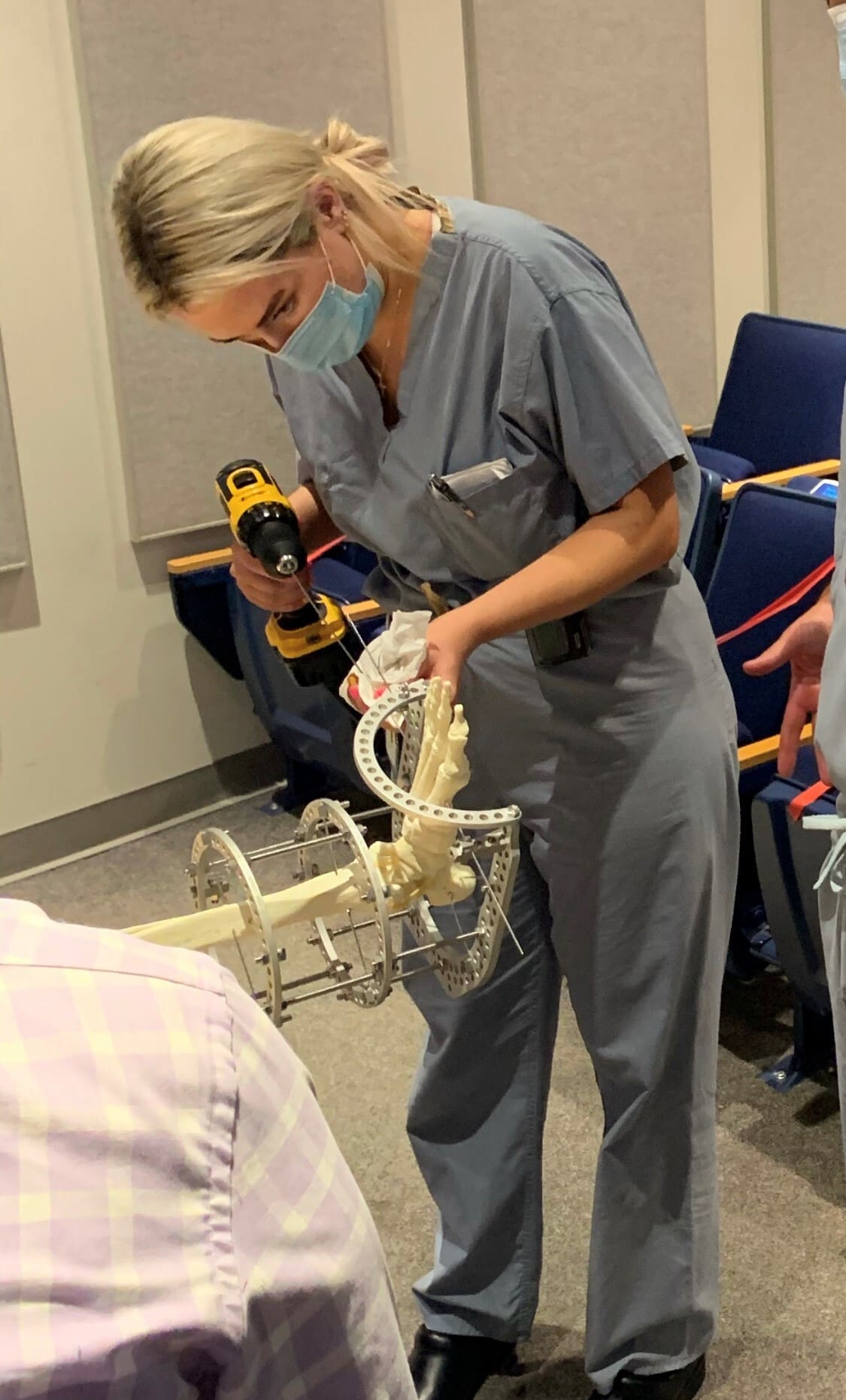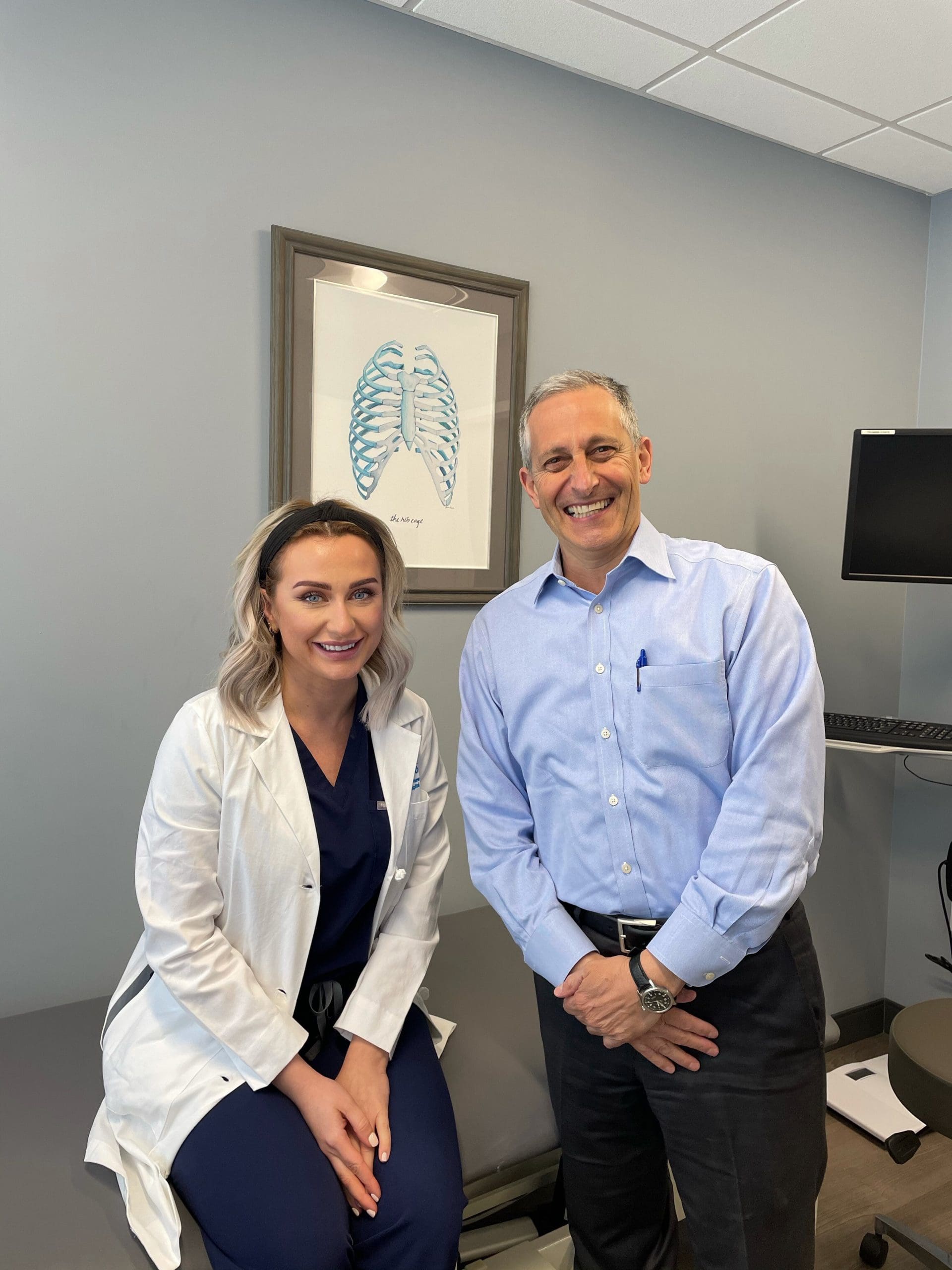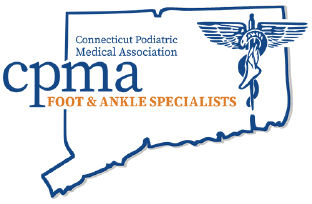How One CT Podiatric Resident Found Her Career Calling
How one ct podiatric resident found her career calling
Insights on residency and podiatric practice from Dr. Paulina Piekarska
Meet Dr. Paulina Piekarska. Currently in her third year of residency at Yale University School of Medicine/Yale New Haven Hospital, she didn’t always know she wanted to become a podiatrist. But soon after learning about the field of podiatric medicine, she knew she’d found her calling.
We recently sat down with Dr. Piekarska, who shared her exciting story while offering valuable advice to help current and future podiatric residents get the most from their training.

A First Glimpse of Podiatry: Important but Oft Forgotten Work
 Dr. Piekarska was no stranger to work, in fact she held three jobs during college, but podiatry had yet to show up on her radar. That was until her position at a medical device company opened new doors. Her research, working on a portable ultrasound device for finding Achilles’ tendon tears, introduced her to a few Connecticut podiatrists. They provided a first glimpse at the camaraderie and passion of the field as well as the flexibility of setting her schedule and directing her interests.
Dr. Piekarska was no stranger to work, in fact she held three jobs during college, but podiatry had yet to show up on her radar. That was until her position at a medical device company opened new doors. Her research, working on a portable ultrasound device for finding Achilles’ tendon tears, introduced her to a few Connecticut podiatrists. They provided a first glimpse at the camaraderie and passion of the field as well as the flexibility of setting her schedule and directing her interests.
Yet she still wasn’t sold on podiatry as a career. What convinced Dr. Piekarska to become a podiatrist was the value of the profession.
“You don’t think about your feet until there’s something wrong. When something’s wrong, your whole life becomes impaired – how you walk, how you move around, how you drive, how you present yourself – it affects everything.”
She had an opportunity to see firsthand the work podiatrists accomplish while seeking to heal patients, both young and old. She watched people adjust to new lifestyles and celebrate regained mobility. It was plain to see just how critical and far-reaching podiatric medicine could be. She submitted her application to Yale, and the rest was history.
During her studies, Dr. Piekarska only found more to love about her field. Podiatry is special in the way that practitioners get a little bit of everything. Depending on the patient’s need, they can prescribe conservative treatment or find an appropriate surgical option. She appreciates the value of working with the patient as well as having the knowledge and skills to do whatever needs to be done.
Making the Most of a Podiatric Residency
There’s nothing quite like putting theory into practice. Dr. Piekarska found that it was a simultaneously stressful and exhilarating experience. Her first year in residency established all of the building blocks that she would use for the rest of her career – amassing knowledge, discovering how to treat the patient as a whole, and learning how to ask the right questions, both of her patients and her attending. In the following two years, she refined her skills, learning to implement them successfully. Some of the best lessons she’s learned during her residency include:
Question Everything
For Dr. Piekarska, residency is a time to figure out what she wants and how she plans to handle cases on her own. To make the most of this period, she believes in questioning everything. This is valuable for two reasons: you find out why you’re doing what you’re doing, and it gives you a chance to test your own knowledge. By proffering different ideas, you can help your attending find a new avenue for support or find out why your suggestion doesn’t work for a particular case.
Be an Active Participant
To get the most from residency, Dr. Piekarska suggests going beyond the required coursework to guide one’s own education and get the most experience possible. For example, this means taking the time to work with patients and use what you’ve learned to diagnose them as best you can. It also means taking every opportunity you can to grow.
Dr. Piekarska recommends double-scrubbing as often as you can. This means, when one of your friends is learning, see if you can go into the O.R. with them and the attending so you can see how they work through the problem. This lets you see how other attendings and students work through problems to provide the best care possible for the patient on the table. By being in the operating room, you are also available in case anything goes wrong. You get to participate in more surgeries, increasing your skill and knowledge. Dr. Piekarska believes you learn the best when problems arise.
Lean on Your Team
 When you work in podiatry, you’re part of the team – and that’s true as early in your career as residency! While your attending is your main point of contact, it would be remiss to forget your coworkers. There are 15 residents in Dr. Piekarska’s program, and she encourages everyone to interact, from first-year to third-year.
When you work in podiatry, you’re part of the team – and that’s true as early in your career as residency! While your attending is your main point of contact, it would be remiss to forget your coworkers. There are 15 residents in Dr. Piekarska’s program, and she encourages everyone to interact, from first-year to third-year.
She always found it easier as a first-year resident to reach out to her senior peers as opposed to the attending, especially when it was late at night. Now that she’s in her third year, she recommends everyone help as many younger coworkers as possible. Not only do you get to share knowledge, you can reaffirm that you have a handle on the lessons you’ve learned so far. Additionally, other students may ask questions that spur new thoughts or have their own information to share.
The members of Dr. Piekarska’s group advocate for one another, make sure everyone gets a chance to view or participate in rarer surgeries, and ensure that people rest and unwind before stresses get too high. After all, when a team works together, everyone grows.
Choose the Right Program
Becoming a better podiatrist begins before your residency. When exploring potential programs, it’s best to immerse yourself entirely in the culture of your externship. This is an opportunity to see how the system works, how residents interact with one another, and what day-to-day experience is like. By finding a program that fits your needs and comfort levels, you will be more supported, willing to learn more, and able to handle difficulties with ease.
Have Fun with It
When it comes to defining a favorite moment of her career thus far, Dr. Piekarska couldn’t narrow it down. To put it simply, she has fun working, so every day is memorable.
The camaraderie between her residency group makes her a better podiatrist. When she can scrub up and head into the O.R. with peers and attendings she likes, she finds clarity in comfort. This reduced anxiety frees her to focus on learning, share ideas and laughter, and be confident in her abilities. By enjoying what she does, she performs better, learns more, and makes a friend or two that she can rely on for life.
Take Advantage of Association
In Connecticut, a massive benefit of residency is receiving complimentary memberships to both CPMA and APMA. These associations are full of resources that young podiatrists can’t get anywhere else. They’re a gateway to meeting and networking with new peers who can offer support and methodology tips. Residents can attend labs and workshops to explore new techniques, hardware, and device software. It all helps you discover your preferred approach to podiatry.
Whether you’ve already started your path toward becoming a podiatrist or have just had your interest piqued, start by learning more about CPMA and how we can help you grow!


